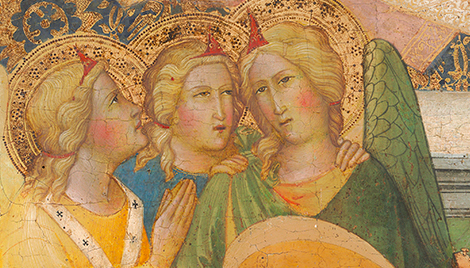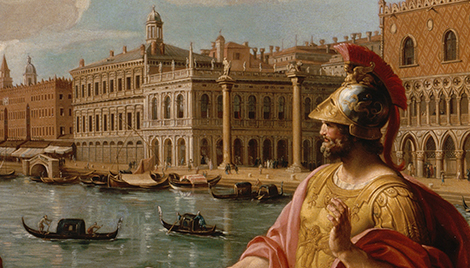Visualizing Textile Circulation in the Dutch Global Market
After Andries Beeckman, Javanese woman with a child, watercolor on paper, c. 1675-c. 1725. Rijksmuseum, Netherlands.
Recently, the Samuel H. Kress Foundation provided support for a Digital Art History initiative, Visualizing Textile Circulation in the Dutch Global Market, 1602-1795. This project was developed by Carrie Anderson of Middlebury College and Marsely Kehoe of Hope College, both art historians and scholars of the Dutch West and East India Companies. The ongoing project focuses on historic textiles traded by both companies, with the goal of deepening scholarly knowledge of these textiles and the stories they tell.
Textiles were by far the most numerous commodities found on Dutch East and West India Company cargo lists. The trading of textiles was highly competitive, and merchants were driven to closely follow trends of consumption to keep up with demand. The shifts in textile price, quality, quantity, and style can provide insight into local patterns and behaviors of the time.
Visualizing Textile Circulation was spurred by the need for deeper research into these historic fabrics, as archival documents pertaining to fabric often include limited descriptors such as “red,” “striped,” “coarse,” or “fine.” In addition, most of these fabrics were considered low in value and therefore not preserved in museum collections.
The main outcome of this project is a Visual Glossary that will pair historical images of textiles in use with photographic samples of similar textiles from a museum collection or archival swatch book. Additional information will also be available for each textile sample including a short descriptive narrative, additional images, or quantitative data. While representations of textiles and data points cannot replace actual remnants of fabric, they are helpful in making connections between the textual, visual, and material information.
Textile samples from the Vrouwe Maria Geertruida, 1788. Nationaal Archief, West India Company Archive, nr. 179.
Along with the Visual Glossary, this project will feature a webinar series that will take place in 2021 and 2022. This series will delve into the field of Digital Art History, exploring the various tools and methods that were used during the project.
To learn more about Visualizing Textile Circulation and view the beta version of the Visual Glossary, please visit: http://dutchtextiletrade.org/.



